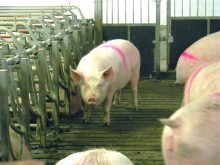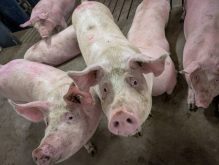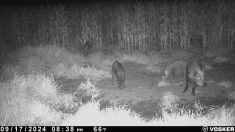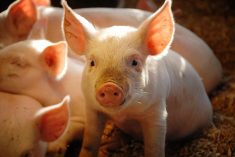As the number of hog producers in Manitoba shrinks, so does the number of Manitoba Pork Council regional districts.
Pork council delegates at their recent annual meeting voted to reduce the number of districts to 11 from the current 14.
The move reflects changing times in the industry, including a loss of producers. Attendance at district meetings has been dropping for some time, said council chairman Karl Kynoch.
“The industry has downsized and producers were looking for the pork council to review its structure and look at doing the same as the industry has done,” Kynoch said following the meeting.
Read Also
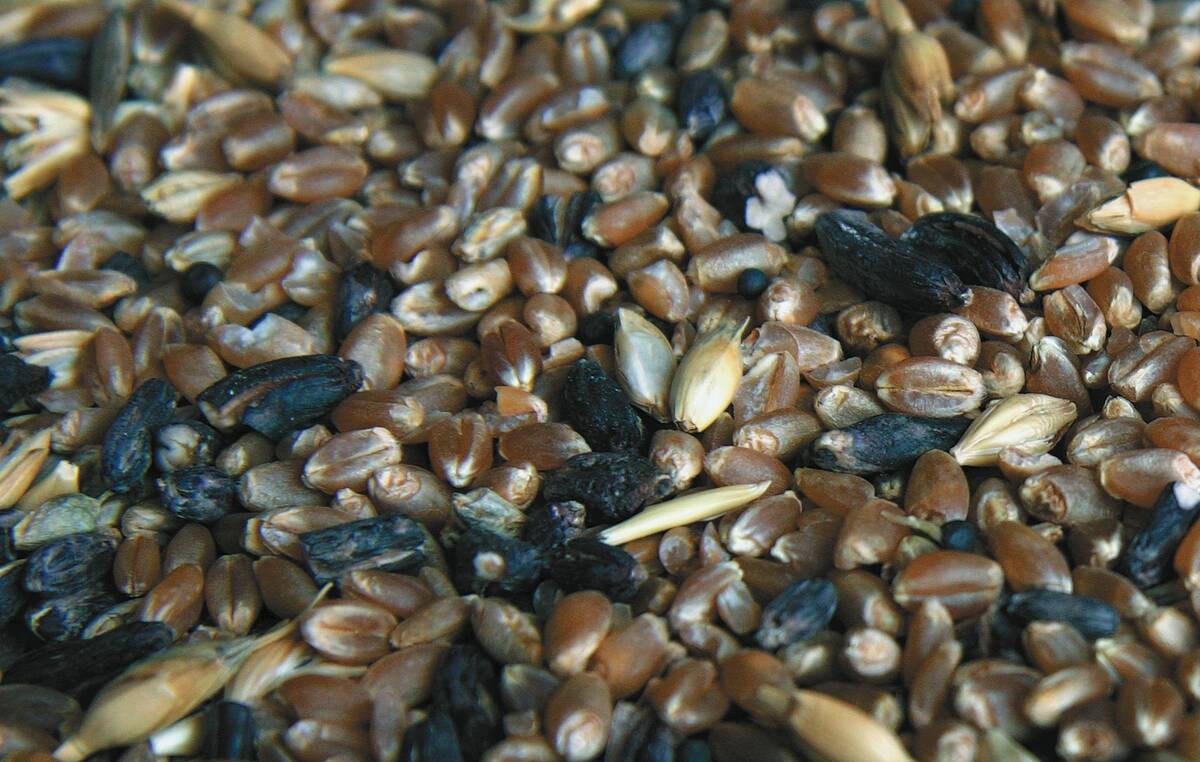
Feeding ergot: research on ergot-impacted grain and beef cattle continues
Saskatchewan research hopes to tease out better ways for Canadian beef farmers to manage ergot consumption in their herd’s feed
The vote by secret ballot was 36 to 24 in favour of the bylaw change.
At present, MPC has eight geographical districts, two districts representing Hutterite colonies, one for weanling producers and three for large corporate producers (Maple Leaf, Puratone and Hytek).
The new regime will see both Districts 1 and 2 and Districts 3 and 4 amalgamated into one district each. The four districts are located in western Manitoba.
Districts 6 and 7 in the Interlake region will also be amalgamated into one district.
The amalgamations will mean three fewer pork council directors and 18 fewer delegates. Each district is allowed six delegates.
The changes will take effect April 2010 after the council’s next annual meeting. Semi-annual district producer meetings in November will elect members for the new delegate body, Kynoch said.
Having fewer districts will save a little money but won’t change what the pork council does, he said. “The dollar amounts are small. It will save some money. But going forward, there’s still going to be the same amount of work for directors to do as has been done in the past.”
The closeness of the vote was a bit surprising, considering producers have pressured the council for some time to make changes to the district structure, Kynoch said.
He said some delegates wanted even greater changes, such as requiring Hutterite and weanling districts to pay a minimum amount in annual levies, as the three large producers do now.
Meanwhile, Manitoba Chicken Producers may consider creating its own separate district for Hutterite colonies which raise broiler chicken. The possibility was mentioned at the chicken board’s recent annual meeting.
A board spokesperson said the move is “still very much in the preliminary stages.” If it happens, it could require some “realignment” of other districts.
Hutterite colonies account for 20 per cent of Manitoba’s broiler chicken production. [email protected]






